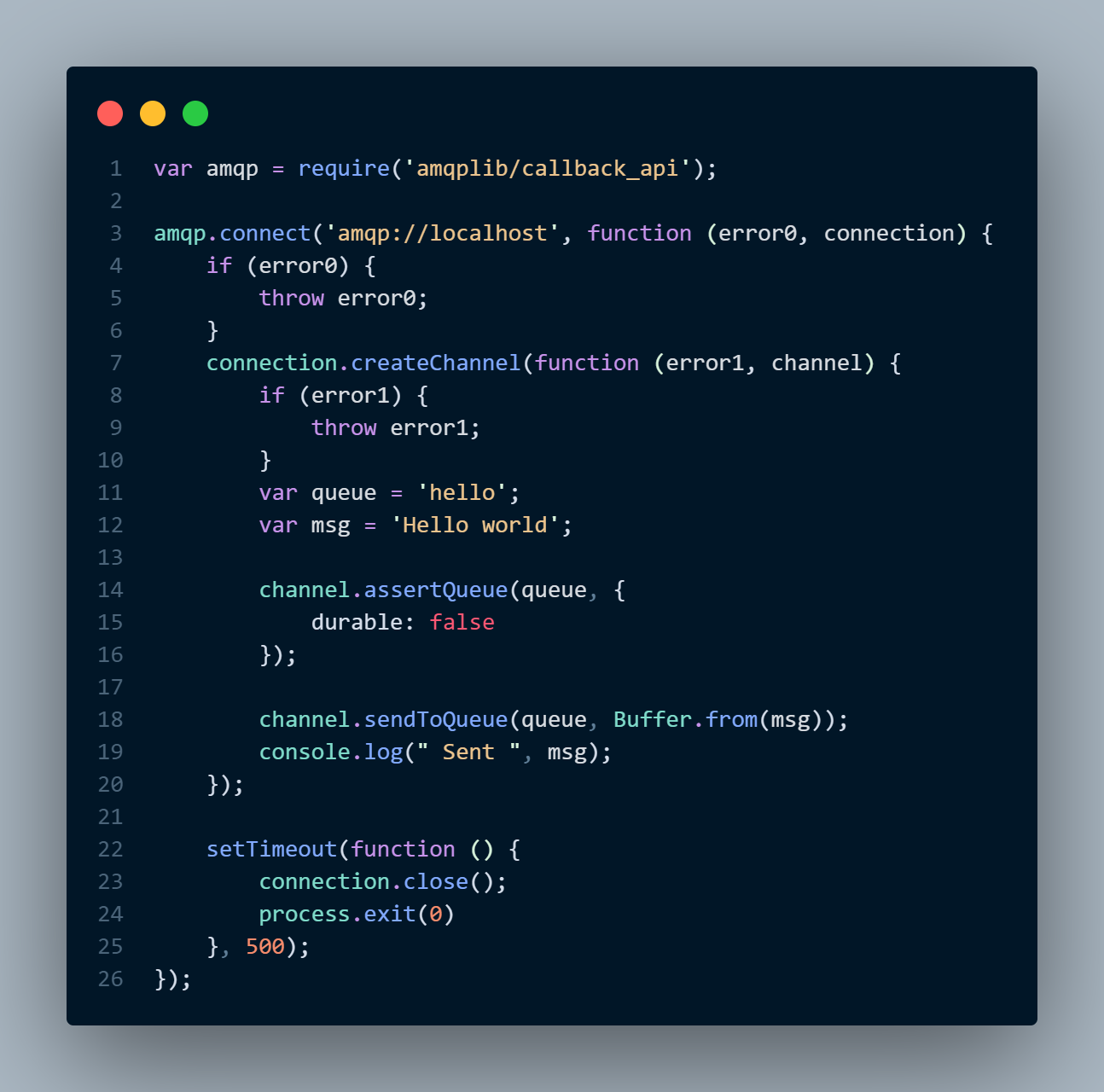 ×
×
 ☰
☰
In the complex realm of modern software development, establishing seamless communication channels between microservices is the bedrock of efficient operations. RabbitMQ, a robust and flexible message broker, emerges as a game-changing solution, orchestrating the effortless exchange of messages between applications. This comprehensive guide is your ticket to mastering RabbitMQ. We will delve deep into its core concepts, explore various exchange types, and provide a step-by-step integration guide with Node.js. Whether you’re a novice developer or an experienced architect, this article promises not just theoretical insights but practical, actionable knowledge to elevate your projects.
At its core, RabbitMQ ensures messages flow smoothly in distributed systems. Let’s dive into its fundamental components and unravel their functionalities.
Producers initiate messages, attaching specific routing keys for targeted delivery.
Consumers listen to designated queues, processing incoming messages in real-time.
Exchanges route messages from producers to relevant queues using bindings and keys, ensuring accurate transmission
Queues temporarily store messages, enabling organized and efficient consumption by consumers.
RabbitMQ offers various exchange types, each tailored to specific messaging scenarios. Let’s explore these types and understand their unique use cases.
Begin by installing the RabbitMQ library for Node.js using npm:
npm install amqplib
Integrate RabbitMQ in your Node.js application using the library. Here’s a basic example
emit-log.js

consume-log.js

GitHub Repository:Explore our detailed implementation of RabbitMQ integration with Node.js and Docker in our GitHub repository: https://github.com/Wajahat-Husain/RabbitMQ
This comprehensive guide has demystified RabbitMQ, empowering you to create robust communication channels within your applications. Armed with a profound understanding of its core concepts and exchange types, you’ve laid the groundwork for seamless messaging in your distributed systems.
Moreover, our practical integration guide demonstrated how RabbitMQ harmonizes effortlessly with Node.js through Docker containers. By following these steps and exploring our GitHub repository, you’ve not only expanded your technical skill set but also equipped your applications to thrive in the realm of distributed computing.
Source: Medium